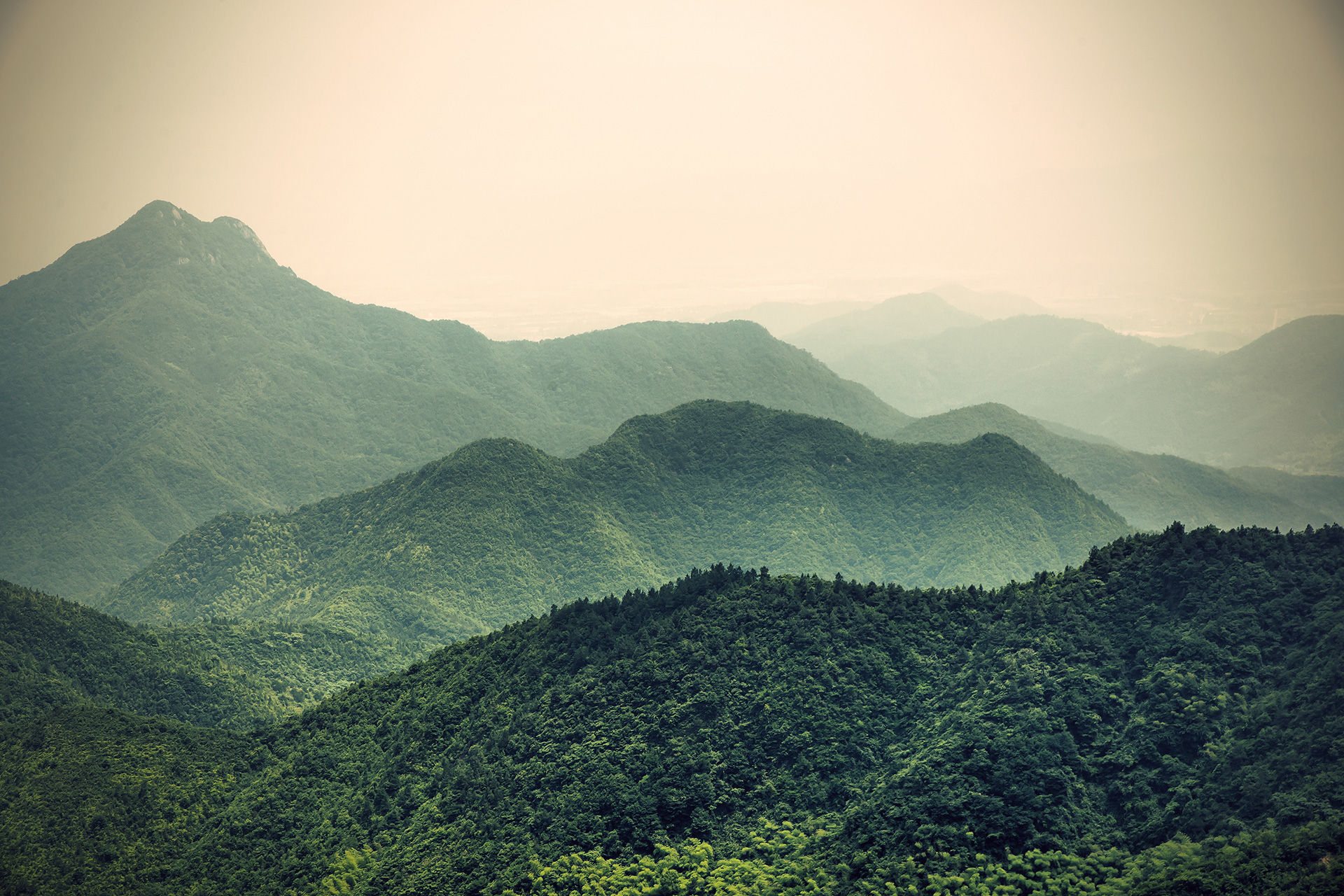


Men Nan Men
Agroforestry
The Problem
Rapid deforestation is a big problem in Haiti. This deforestation began during the colonial period and intensified when coffee was introduced in 1730. Forests were cleared and the system of plantation monoculture and clean-cultivation exhausted soil nutrients and led to rapid erosion. In addition, environmental constraits such as drought, declining soil fertilitiy, and hurricanes have led to a decline in food production and exports. As a result, per capita food production has decreased by 20% in the last decade and resources are continually depleted. Deforestation has not only reduced economic growth in Haiti, but has also contributed to an increased level of malnutrition that affects 46% of the population.
The Solution
Agroforestry is a sustainable solution to this problem. This solution occurs in three steps
-
Planting drought-resistant trees and fertilizers to nourish degraded soil
-
Cultivating Moringa trees for increased nutrtional benefits
-
Grafting existing fruit trees for increased nutritional and economic benefits
-
Agroforestry training for local farmers

Drought-resistant trees and fertilizers
-
Leucaena leucocephala Trees
Known as the “Multiplier Tree” or the “Tree of the Future”, this drought resistant tree is unique in its ability to contribute organic matter to the soil and maintain soil moisture during dry periods. One of the most effective agroforestry techniques is the use of these nitrogen-fixing species. Because its long roots are able to penetrate the limestone, this helps water get to well levels, prevent mudslides during torrential rains, and renews soil fertility. In addition to reforesting Haiti and acting as a rich organic fertilizer, the Leucaena tree can also be used as: firewood, timber, fence-posts, and trimmed for charcoal.
-
Vetiver Grass
Vetiver is best used for erosion control and fertilization, especially when used in combination with Leucana. Vetiver can help stabilize fragile soils and is excellent for soil and water conservation and are generally grown in hedges to provide these environmental benefits.
-
Neem Trees
The Neem tree is fast-growing and drought resistant and therefore excellent for reforestation. It has already been used in several Haitian areas and grown successfully in arid land. Farmers are familiar with the plant and its benefits, such as reduced eroision, fewer floods, less siltation, and fertilization. Neem can also be of value when planting other crops: neem leaves may be used as mulch around coffee trees and will protect fruit trees by acting as a natural insecticide.

Planting Moringa and Fruit Trees
Planting of nutritional crops and fruit trees, such as the Moringa tree as well as mango, avocado, and citrus trees will offer environmental and nutritional benefits.
Locally known in Haiti as "doliv" or "benzoliv", the Moringa oleifera is rich in vitamins (A through E), potassium, calcium, and protein, and therefore essential in fighting the country’s chronic malnutrition. The benzoliv is quite the supertree: it contains four times the protein and calcium content of milk, three times the potassium of bananas, three times more iron than spinach, and seven times the vitamin C or oranges. The Moringa’s high vitamin A conent (four times that of carrots) is also recognized as a potent micronutrient source able to reduce mortality caused by malnutrition. Although the Haitian government is trying to increase the planting of moringa, it is running into many challenges in terms of processing techniques and market access. Men en Men’s goal is to make this miracle tree more accessible to Haitians, further develop moringa plantations, and train local farmers to cultivate and sustain the crop.
In addition to the health benefits the Moringa tree offers, mango, avocado, and citrus trees are high value crops that provide nutritional as well as environmental and economic advantages. The revenue from the new mango, avocado and citrus trees brings more income to local communities and stabilizes the environment in the region. The presence of trees that create an income brings a renewed feeling of hope, replacing the despondency and neglect that inevitably result from unprofitable agricultural.

Top-grafting Training
Low quality trees, grown from discarded seeds, are found in abundance throughout the countryside, but their fruit has little commercial value. It is estimated that less than 25% of Haiti's fruit trees are of acceptable commercial quality. Low quality trees are being systematically cut down for sale as fuel and wood products with devastating effects on the environment. Top-grafting these trees is a very effective method of transforming them into commercial quality fruit trees. The high income from the sale of the fruits, generally protects top-worked trees from the widespread tree-cutting that has devastated Haiti's ecology. They provide an important source of revenue and at the same time help to safeguard the environment.
Our service will therefore train the farmers of Bassin-Bleu the technique of top-grafting. Top-grafting can transform existing low-quality fruit trees, by pruning them and then grafting them with commercial varieties. This activity is implemented by a team of locally trained grafting technicians who will teach farmers how to graft their trees for a sustainable future. Top-worked trees generally bear fruit with the grafted varieties during the next one or two seasons.